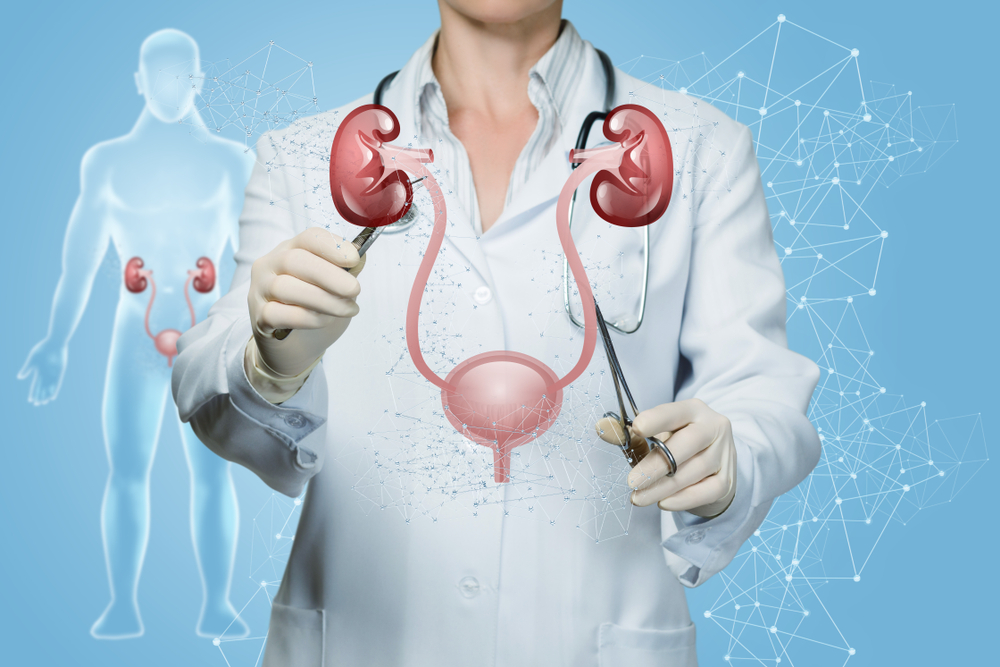There are therapies available when you’re experiencing concerns with your prostate, such as benign prostatic hyperplasia. One thing that concerns many men seeking therapy for prostate issues is the potential side effects of those therapies. Treatment options range from medications and minimally invasive treatments to surgeries. Below we’re going to talk about the various types of treatment available, how long they’ll last, and if they need to be repeated.
Common Treatments For Prostate Disorders
There are numerous approaches to treating prostate concerns. Some of these treatments have minimal impact on function and come with minor side effects. Others, primarily those used for treating serious concerns such as prostate cancer, can have more severe impacts. These impacts may be temporary, passing when the treatment is ended, or they could be persistent.
- Drug Therapy – Using medication to treat issues occurring from prostate concerns is a common first approach. 5alpha reductase inhibitors are a class of drug that has shown promise in shrinking enlarged prostates. They must be taken daily and can require as much as six months to show results. Side effects of this medication include retrograde ejaculation.
- Laser Therapy – Laser approaches to treating an enlarged prostate gland have recently become available. Through this process, tissue is excised from the prostate to prevent it from blocking the urethra. Undergoing this procedure requires either general anesthesia or an epidural. This procedure may be performed outpatient or require an overnight stay. It may need to be repeated if the prostate continues to grow in size.
- Minimally Invasive Procedures – A variety of minimally invasive procedures have recently become integral to the treatment of benign prostatic hyperplasia. One such procedure, known as prostate artery embolization, has shown significant promise in early treatments. During this treatment, catheters are used to administer minute plastic particles into the arteries that feed the prostate. Without the necessary blood flow, the prostate will shrink in size, easing symptoms. If other areas of the prostate become enlarged, there is a potential to need to repeat the treatment.
These treatment options are the most frequently used to treat prostate conditions such as BPH. This is not a comprehensive list of treatments, and other options may be available through your urologist or prostate specialist. Prostate artery embolization is a particularly new procedure. While it has been showing success and is becoming popular, long-term results have not yet been recorded. What is known is that the majority of men receiving treatment using the PAE methodology report satisfaction with their results and an improvement in their symptoms.
Speak to Your Prostate Specialist To Learn More
Reaching out to your specialist is an excellent way to get more information about prostate concerns’ treatment options. They’ll take a full medical history, including a list of your most recent symptoms, and provide a diagnosis. Following this diagnosis, they’ll begin to discuss treatment options that are appropriate for your case. You may discover that the side effects and need for ongoing treatment you’ve been fearing aren’t as worrisome as you’d come to believe.













